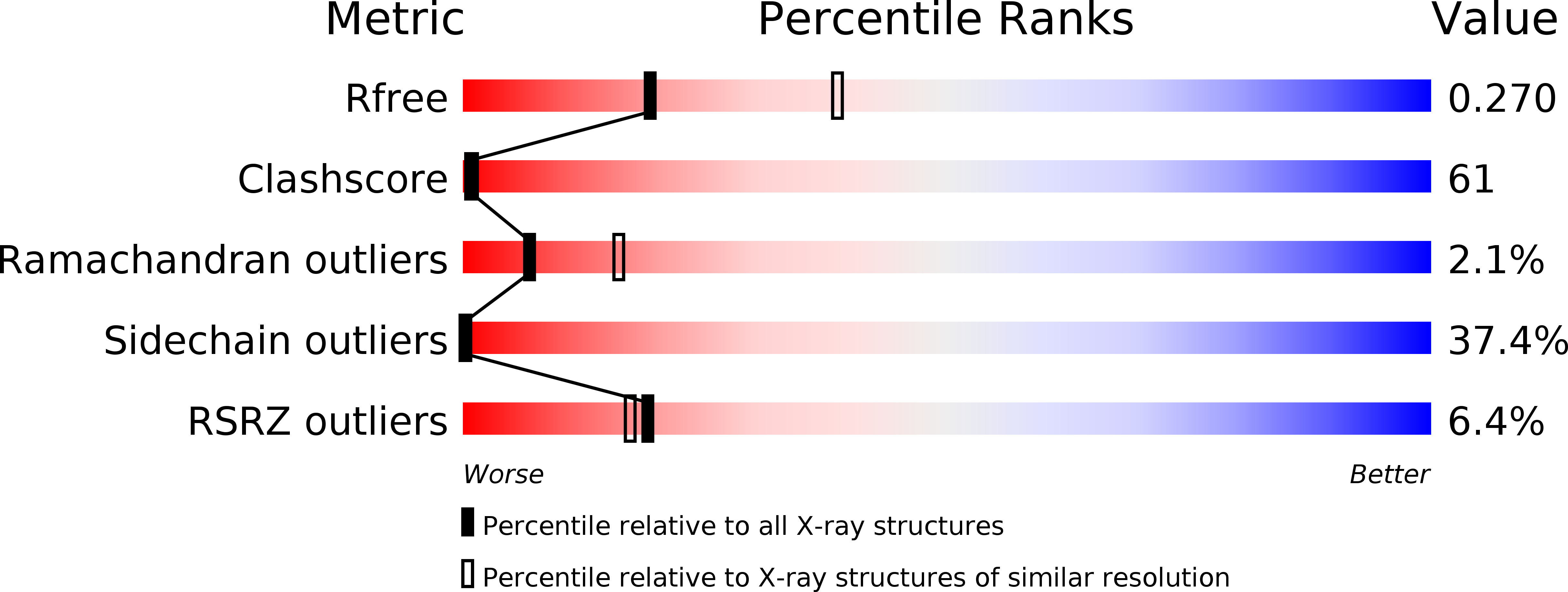
Deposition Date
2007-04-17
Release Date
2007-07-03
Last Version Date
2024-02-21
Entry Detail
PDB ID:
2PK2
Keywords:
Title:
Cyclin box structure of the P-TEFb subunit Cyclin T1 derived from a fusion complex with EIAV Tat
Biological Source:
Source Organism:
Homo sapiens (Taxon ID: 9606)
Equine infectious anemia virus (Taxon ID: 11665)
Equine infectious anemia virus (Taxon ID: 11665)
Host Organism:
Method Details:
Experimental Method:
Resolution:
2.67 Å
R-Value Free:
0.30
R-Value Work:
0.27
R-Value Observed:
0.27
Space Group:
H 3


